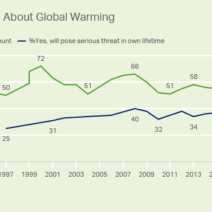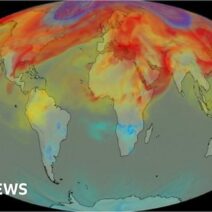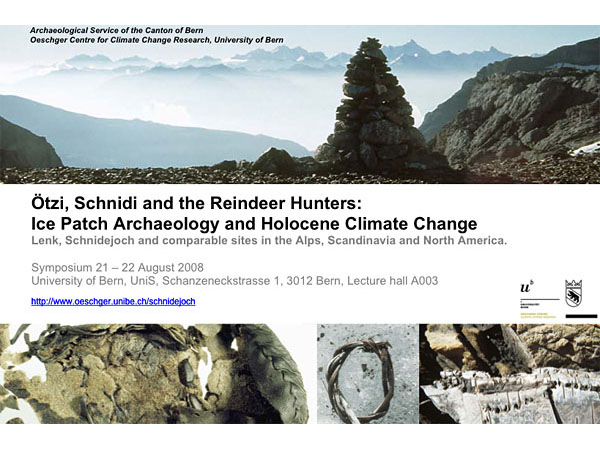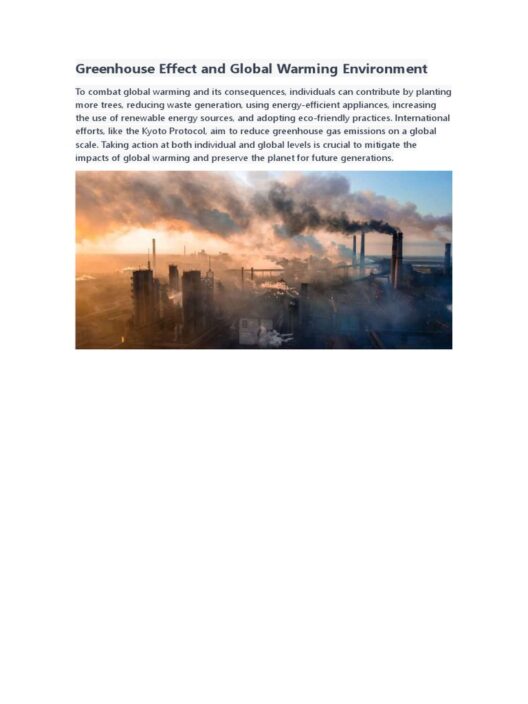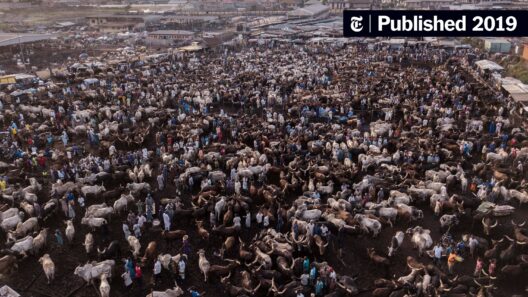As the specter of climate change looms larger on the global horizon, an inquiry into humanity’s past reveals a trove of insights that old civilizations can impart to modern society. Archaeology, often viewed through the lens of tangible artifacts and ancient remnants, holds the potential to illuminate pathways for ecological sustainability. By investigating how previous cultures adapted to their environments, we can glean timeless wisdom that may be pivotal in addressing contemporary challenges related to global warming.
The ancient world is rife with examples of societies that thrived in harmony with their ecosystems. For instance, the agricultural practices of the Maya civilization demonstrate a sophisticated understanding of climate variability and soil management. Through a combination of shifting cultivation and agroforestry, the Maya optimized their use of local resources, ensuring food security while preserving biodiversity. By studying their land-use patterns, modern agriculturalists can apply integrative methods that enhance resilience against climate fluctuations.
Moreover, the intricate connection between cultural practices and environmental stewardship is evident in the traditions of Indigenous peoples across the globe. These communities have long utilized sustainable hunting, fishing, and gathering techniques that minimize environmental degradation. Their deep-rooted philosophies emphasize respect for nature—a perspective that can inspire modern societies to adopt more sustainable lifestyles. By integrating Indigenous knowledge with current scientific understanding, we can develop more comprehensive approaches to conservation and resource management.
In addition to agricultural and stewardship practices, archaeological findings from ancient urban environments offer profound insights into sustainable city planning. For instance, the design of the ancient city of Petra in Jordan featured an elaborate system of water management that included cisterns, conduits, and aqueducts, optimizing water usage in an arid landscape. Lessons learned from such designs underscore the importance of efficient resource allocation and infrastructure resilience in modern cities, which are increasingly threatened by climate-related disasters.
Another pivotal area of study lies in the analysis of ancient trade networks. The Roman Empire, for instance, exemplifies the extensive exchanges of goods and ideas that spanned vast regions. Such networks not only facilitated economic prosperity but also showcased adaptability in sourcing resources that were, quite literally, a world apart. Understanding these historical connections can inspire contemporary global cooperation in tackling climate change, prompting nations to work collaboratively towards sustainable development and equitable resource distribution.
As we delve deeper into the environmental practices of the past, it is essential to recognize the manifestations of climate conflict and adaptation. The fall of the Akkadian Empire around 2200 B.C. serves as a cautionary tale. This ancient civilization faced a severe drought that destabilized agricultural production and prompted social unrest. By dissecting these historical instances of climate-induced societal collapse, contemporary societies can better prepare for, and hopefully mitigate, similar risks. The narrative of human resilience in the face of environmental adversity is a powerful reminder of the importance of adaptability and foresight.
This synthesis of archaeology and climate science generates a holistic understanding that transcends disciplinary boundaries. It invites interdisciplinary collaboration, bringing together archaeologists, environmental scientists, urban planners, and policymakers to forge innovative solutions. The integration of ancient wisdom into present-day strategies fosters a creative thinking process that is crucial for developing adaptive mitigation and management techniques.
Furthermore, the archaeological record serves not just as a reservoir of historical knowledge but as a platform for narrative change. By illuminating stories of sustainability that span centuries, archaeology can contribute to cultural shifts that prioritize ecological balance over consumption. When societies recognize the successes and failures of their forebears in managing the environment, it can catalyze a revamped collective ethos focused on sustainable living and environmental justice.
The relationship between archaeology and climate change mitigation is not merely theoretical; it is an urgent call to action. By harnessing insights from history, we can construct frameworks for resilience that account for the lessons learned from previous civilizations. From implementing innovative agricultural techniques learned from the Maya to drawing on water management systems like those of Petra, the past holds invaluable keys to navigating our present challenges.
In summary, archaeology offers multifaceted perspectives on the relational dynamics between humanity and the environment. By studying ancient practices and adaptations, we can cultivate a nuanced understanding of sustainability that respects ecological limits while promoting human flourishing. The imperative to address global warming requires not just technological advancements but also a revival of wisdom that has persisted through the ages. As we expand our understanding of what endured, we empower our efforts to foster a more sustainable future, intertwining modern ingenuity with timeless wisdom.
As we stand at the precipice of confronting unprecedented environmental challenges, reflecting on the legacies of civilizations long past may serve as a guiding compass. The fusion of archaeology and modern ecological initiatives promises a shift in perspective towards sustainable living that champions humanity’s intrinsic bond with nature. In this pursuit, the past may indeed illuminate the pathways toward a harmonious future.
